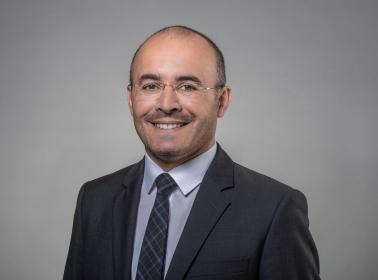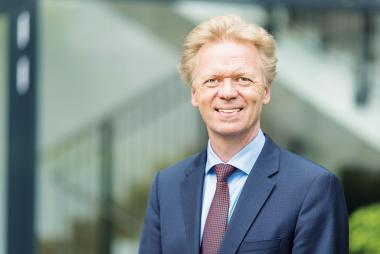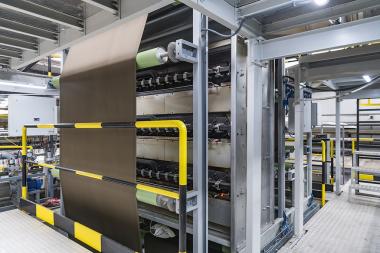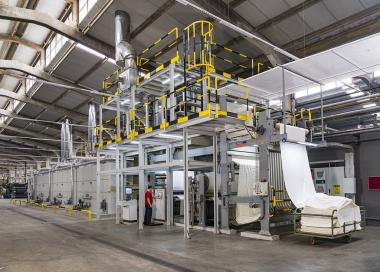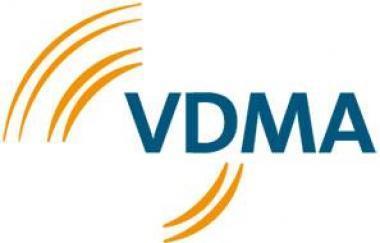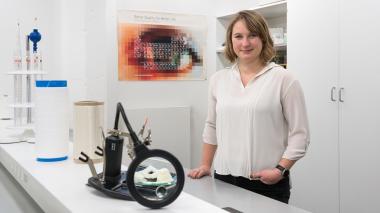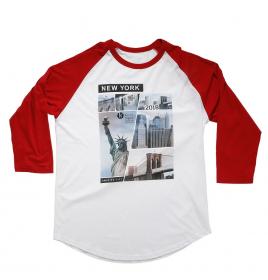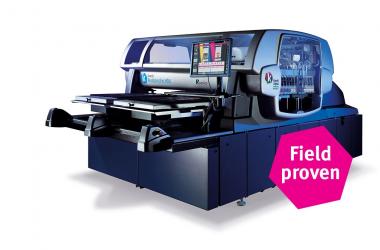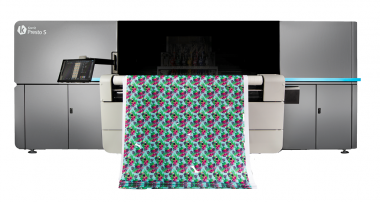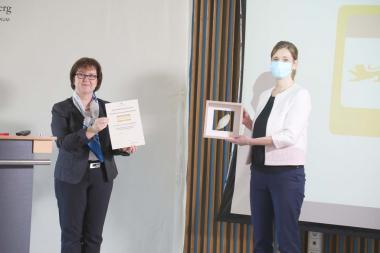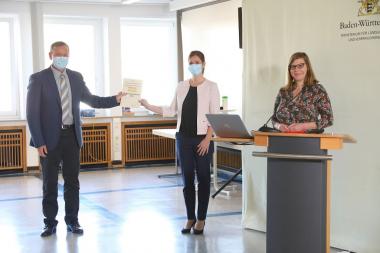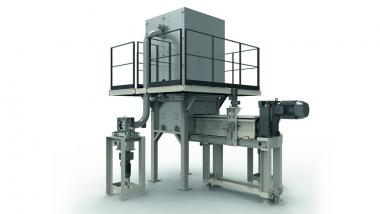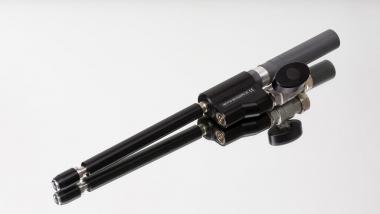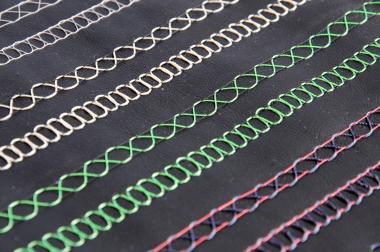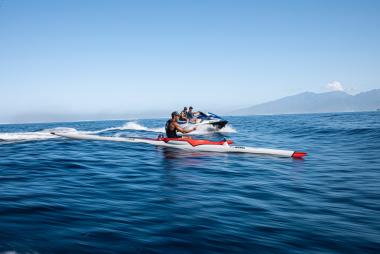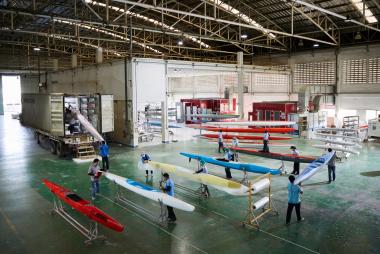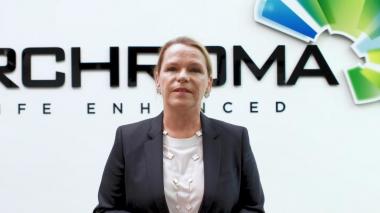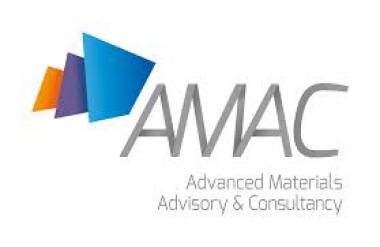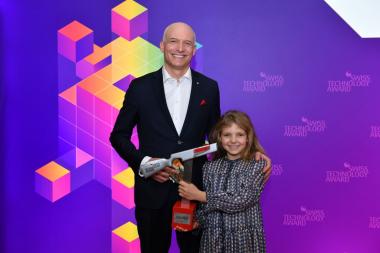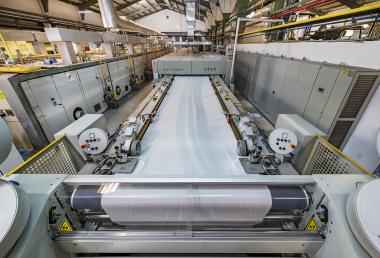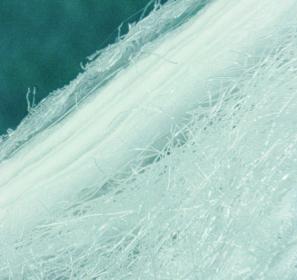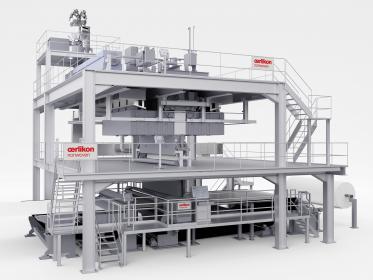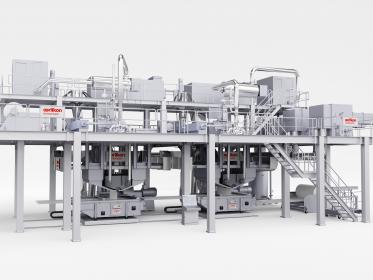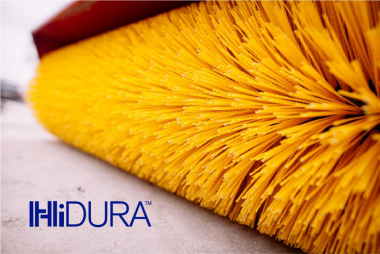Zuse-Gemeinschaft noch stärker machen
- Industrieforschungsverbund weiter gewachsen
- Appell an die Politik
- Im Präsidium der Zuse-Gemeinschaft zwei neue Gesichter
„Wir wachsen weiter und stellen uns den Herausforderungen in Forschung, Industrie und Politik mit neuem Elan.“ Das hat der Präsident der Zuse-Gemeinschaft, Prof. Martin Bastian, bei der Mitgliederversammlung des Verbundes am 9. Dezember 2020 in Berlin erklärt, die als Hybrid-Format bei der Gesellschaft zur Förderung angewandter Informatik (GFaI) stattfand. Es war die erste virtuelle Mitgliederversammlung des jungen Verbundes seit seiner Gründung im Jahr 2015.
Auch inhaltlich beschäftigte die Pandemie die Mitglieder. Mit einer Aufstockung für die Industrieforschung im Etat des Bundeswirtschaftsministeriums wurden im Bundeshaushalt 2020 zusätzliche Mittel bereitgestellt, welche die Parlamentarier vor allem für die gemeinnützige, privatwirtschaftlich organisierte Industrieforschung vorsahen. „Auch die im Haushalt für das kommende Jahr dafür vorgesehenen Mittel werden dringend benötigt“, betonte Bastian in seiner Video-Ansprache. Der Präsident der Zuse-Gemeinschaft weiter: „Der Einsatz für die Hilfen im Zuge des Corona-Konjunkturpakets hat für uns verstärkt und z.T. schmerzhaft deutlich gemacht: Wir benötigen einen eigenen Haushaltstitel für die gemeinnützige Industrieforschung, damit staatliche Förderung des Bundes für Innovationen zielgenau die anwendungsnahe Forschung erreicht.“ Hier gebe es für die Zuse-Gemeinschaft noch viel zu tun. Bastian will die Belange der Zuse-Gemeinschaft daher künftig noch stärker wahrgenommen wissen. „Mit ihren inhaltlichen und thematischen Schwerpunkten sind unsere Mitglieder für künftige Aufgaben in Forschung und Industrie hervorragend aufgestellt, um gemeinsam mit Partnern markttaugliche, nachhaltige Neuerungen hervorzubringen. Sie verdienen Unterstützung“, unterstrich Bastian.
Die Zuse-Gemeinschaft als Verbund von aktuell 76 Industrieforschungseinrichtungen ist 2020 weiter gewachsen und hat sich mit dem Transfer von Technologie und Wissen in die Wirtschaft einen Namen gemacht. Erfolgreicher Forschungstransfer zeigt sich an Instituten der Zuse-Gemeinschaft auch in zahlreichen Ausgründungen. Eine solche Ausgründung hat dazu geführt, dass Gründungspräsident Dr. Ralf-Uwe Bauer sich voll auf dieses Unternehmen, die Smart Advanced Systems GmbH, konzentriert und daher aus dem Präsidium der Zuse-Gemeinschaft ausgeschieden ist. Ebenfalls nicht mehr dem Präsidium gehört Dr. Friedrich-Wilhelm Bolle an. Er ist als geschäftsführender Gesellschafter zur 1979 gegründeten GFI Umwelt Gesellschaft für Infrastruktur und Umwelt mbH in Bonn gewechselt.
Die Mitgliederversammlung wählte Dr. Bayram Aslan* und Prof. Dr. Jens Schrader* neu ins Präsidium. Sie komplettieren das im Oktober 2019 für einen Vierjahreszeitraum neu gewählte Präsidium mit seinen insgesamt sieben Mitgliedern.
*Weitere Informationen finden Sie im Anhang.
Zuse-Gemeinschaft






